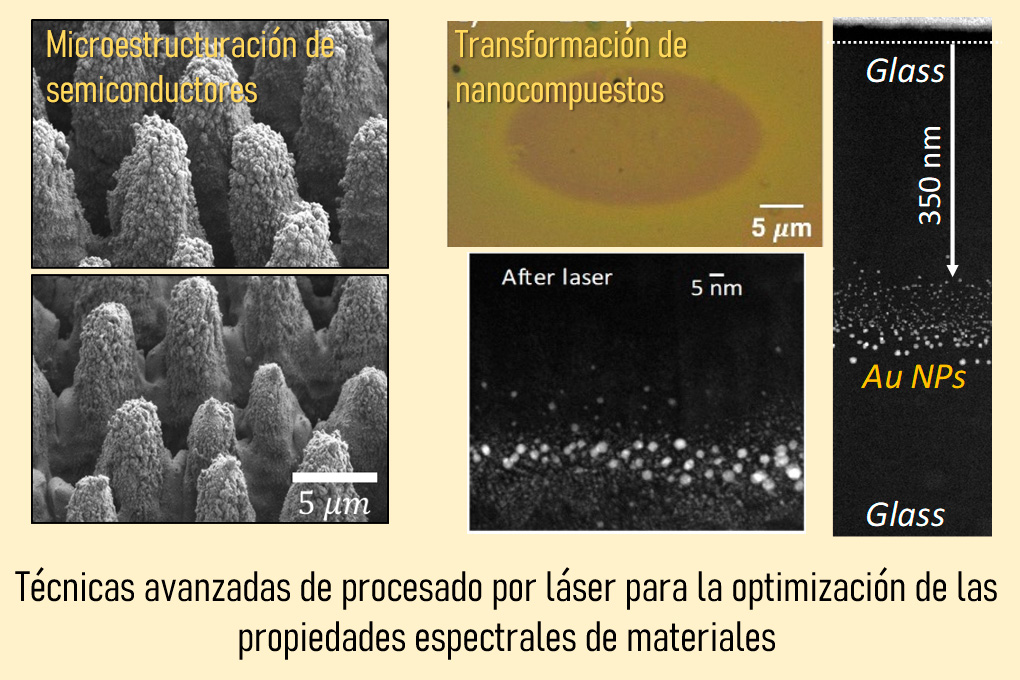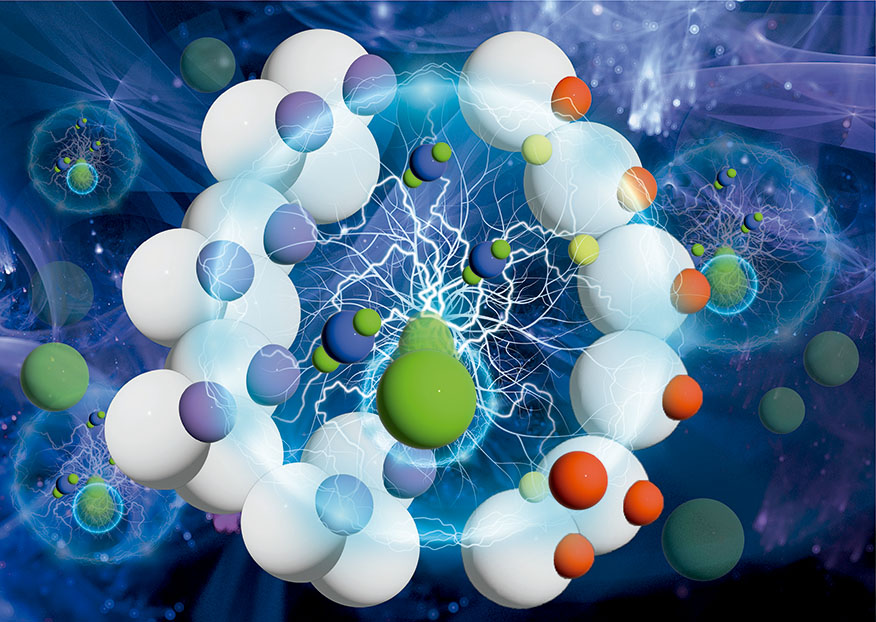A Route to Ultra-Fast Amplitude-Only Spatial Light Modulation using Phase-Change Materials
-
The device operates in reflection, and modulates the amplitude of light without affecting the optical phase when the material, germanium telluride (GeTe), is switched between its amorphous and crystalline states.
-
This has been possible by taking advantage of the high optical losses of both states of the material (amorphous and crystalline), as well as the high optical contrast between them. Thanks to this, the phase of the light is not modified because the device has been designed to operate outside of resonance, with thin sheets (29 nm) above their optical penetration length.
Madrid / July 27, 2023
Latest news

Why is it important not to affect the optical phase?
Discrete, amplitude-only modulation of light can increase the degrees of freedom of wavefront shaping experiments, by combining such devices with their phase-only counter-parts based on liquid crystals.
The experimental results show an absolute intensity modulation of 38% (relative modulation of 233%), with a minimal shift in the optical phase of less than ≈π/50 along the measured areas. Moreover, the cycling of GeTe and other chalcogenides of its family is inherently fast, offering rapid transition rates of the order of nanoseconds or less (i.e. faster than current liquid cristal technologies).
The research team stresses that this work paves the way for the development of a new class of ultrafast, non-volatile, and energy-efficient spatial amplitude modulators. In addition, the device ease of fabrication combined with its inerently rapid switching speeds would allow its integration in electrically controlled pixelated devices.
Comunicación IO-CSIC
cultura.io@io.cfmac.csic.es
Related news
Amorphization and Ablation of Crystalline Silicon Using Ultrafast Lasers: Dependencies on the Pulse Duration and Irradiation Wavelength
Madrid / August 29, 2024Researchers from the Laser Processing group at the CSIC Institute of Optics and the LP3 Laboratory belonging to the Aix...
Predoctoral contract offer in the Laser Processing Group (4-year FPI contract)
Madrid / October 7, 2024The Laser Processing group of the Institute of Optics has published a vacancy to carry out a doctoral thesis entitled...
Dynamic restructuring of nickel sulfides for electrocatalytic hydrogen evolution reaction
Madrid / August 2, 2024An international team with the participation of the Laser Processing group of the CSIC Institute of Optics has published in...




